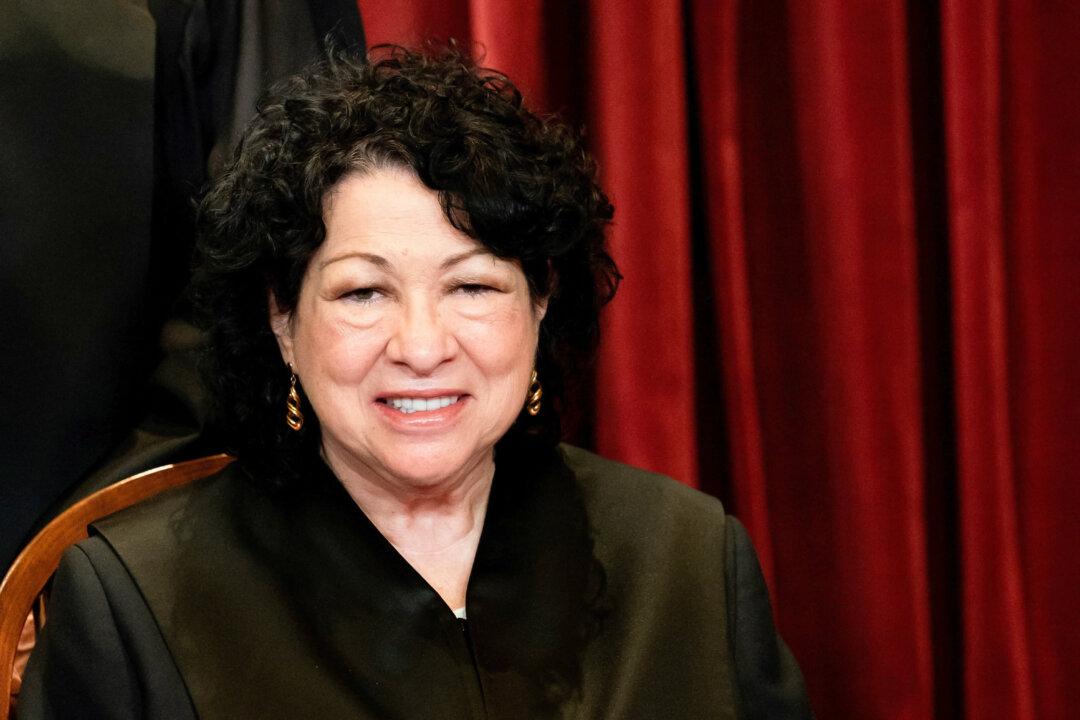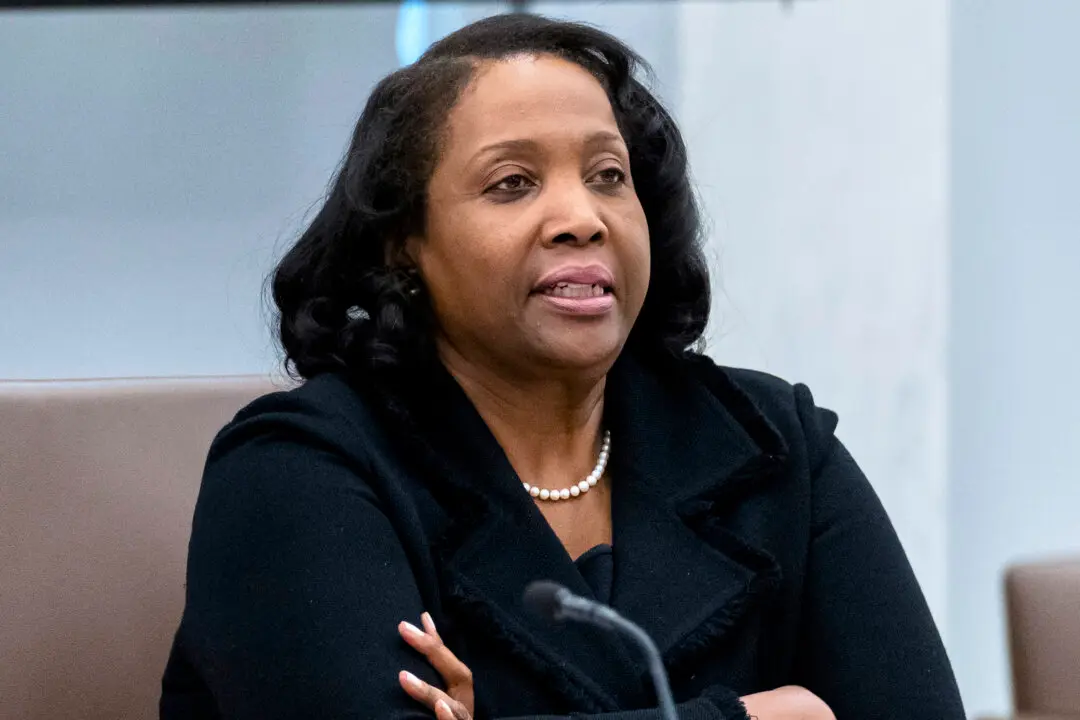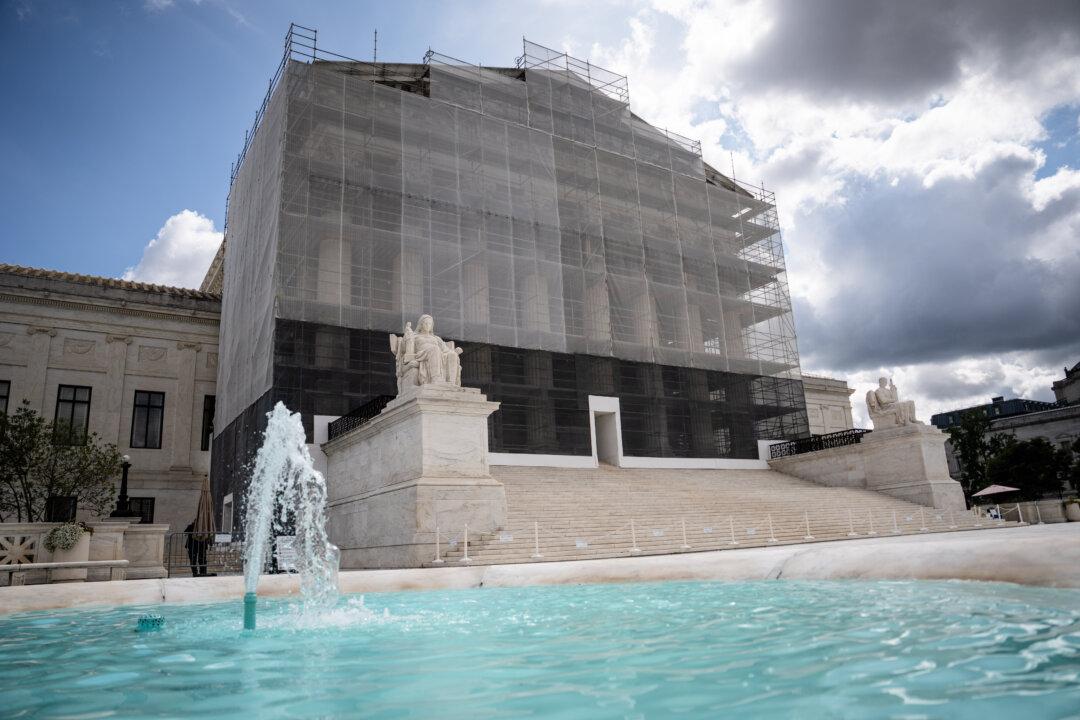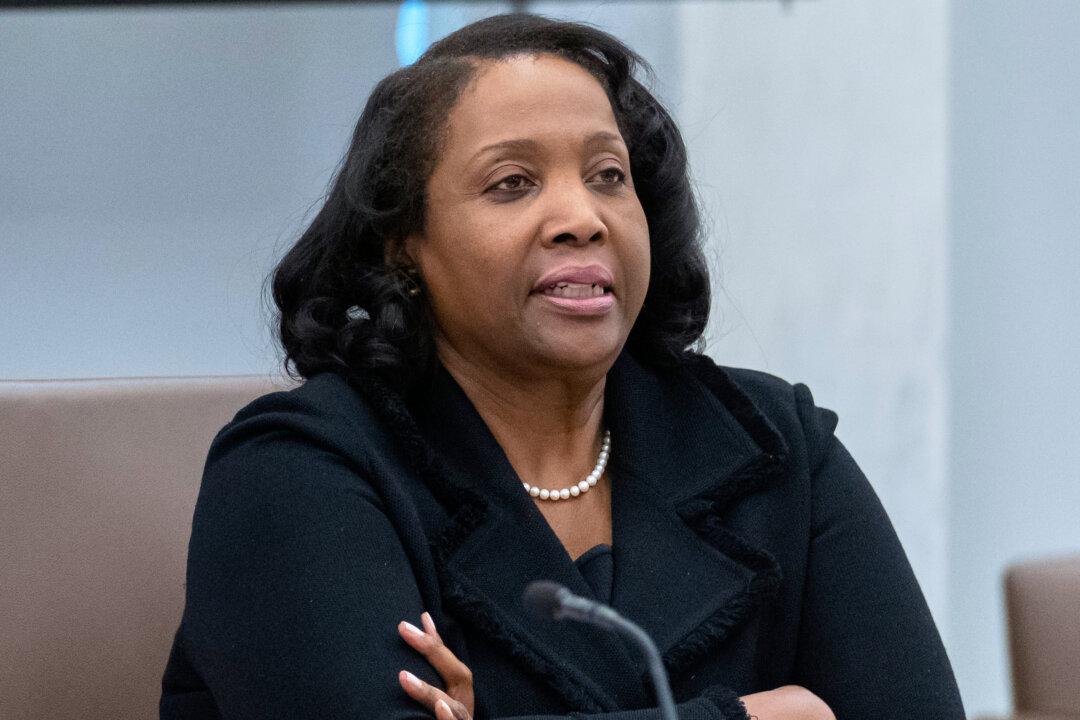U.S. Supreme Court justices seemed skeptical of a bankrupt company’s claim that court fees that it paid should be refunded after the nation’s highest court struck down the law authorizing the fee schedule in 2022.
The case is Office of the U.S. Trustee v. John Q. Hammons Fall 2006 LLC, and the oral arguments took place at the Supreme Court on Jan. 9.





